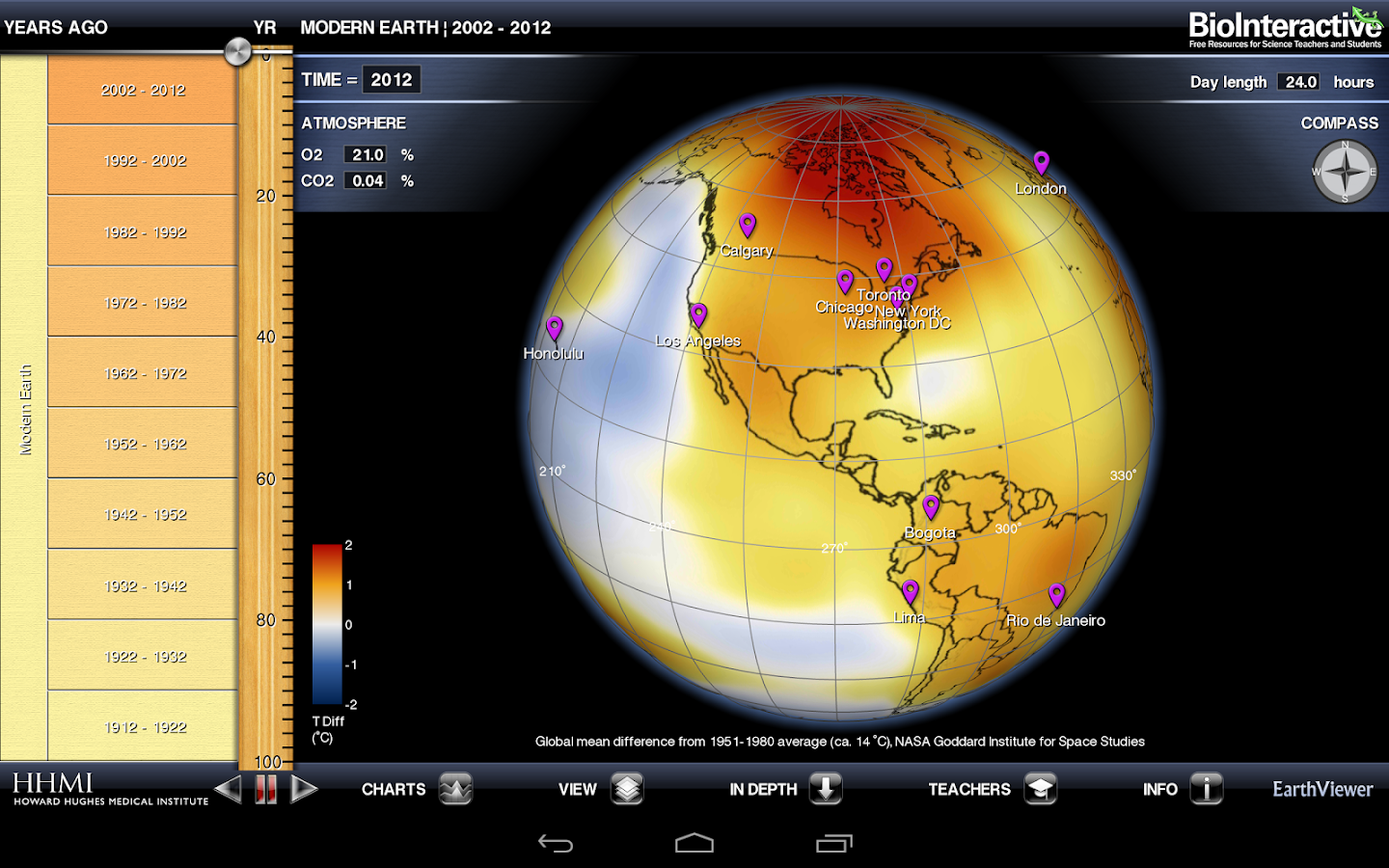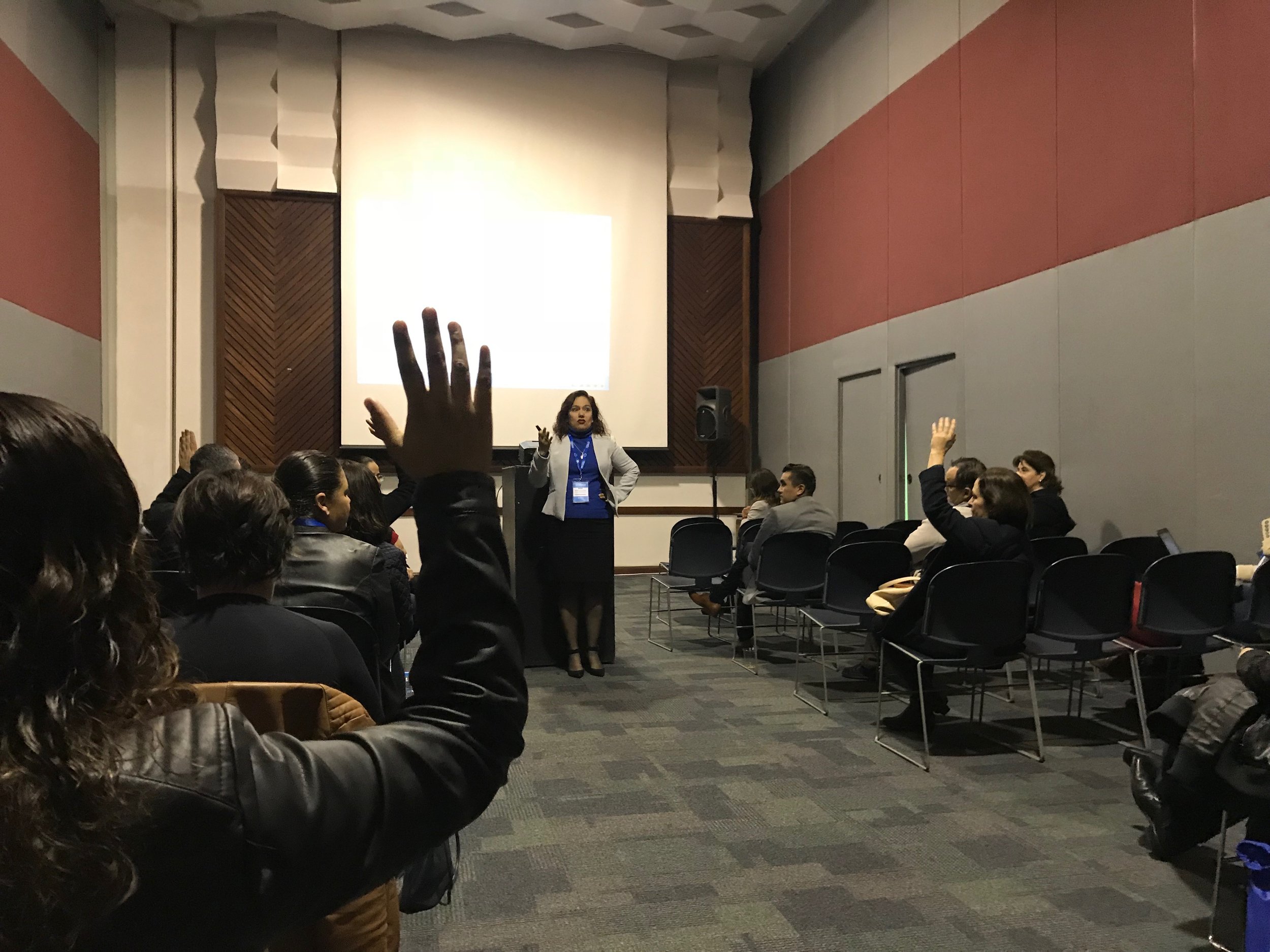Open access has been changing the way we produce and share educational resources.
Photo: Bigstock.
Open access is a content distribution philosophy that advocates for democratization of all useful information that leads to knowledge. It also includes an active posture against barriers that block the path educational and relevant data, like high monetary cost, the prevalence of obsolete material and the legal constraints that stop collaboration, which is a crucial tool to the consolidation and growth of open access content.
Collaboration is the very thing that powers open access content, through it, researchers and experts of all fields produce documents that can be modified and improved not just by one person, but by many.
This co-joint content production is made possible through flexible copyright systems, like Creative Commons, which have rules to protect the content they regulate but also the liberties to participate in the content to make it better.
A new solution for teachers and students
Open access content opens new paths for research, production, and validation of the work of researchers and experts. But what does it do for education?
Creation and distribution of digital content have much lower costs and shorter times than printed materials. Taking into consideration that the first boom of open access content happened in the 2000s, there has been plenty of time to build up a massive library of all kind of subjects, including educational.
Teachers can use these resources to update their work plans, including new exercise or reading materials, anything that can enrich the learning experience. Like it was mentioned before, open access can facilitate collaborations that benefit the students directly since it enables teachers to group up and work over the same content to continually improve it.
Open access content can also help alleviate the economic burden of students, especially with the high costs of tuitions for high education. Books represent an extra expense that can set the bar high in terms of money; free high-quality academic content gives them a fighting chance to stay afloat while they earn their degrees.
Open access as a divulgation tool
When it comes to research, the open access approach has helped build this new notion of collective and collaborative knowledge, in good part because of how easy it is to quote free content in comparison to restricted content.
Citations are one of the primary tools to share knowledge, their impact varies depending on the subject, in Biology, for example, open access articles have 36% more citations that the ones behind a paywall. Also restricted content is twice more likely not to be quoted again six months after its publication. To maximize the reach of academic content is crucial to upload it an open access article.
One of the most significant benefits of open access content can be seen in the research and education community, but it can be beneficial for the general public too, especially for those who are in a lifelong learning journey, because now they have an inexorable resource to keep educating themselves.
The next step for open access content is positioning, expanding beyond the niche of researchers an academic and become common knowledge for everyone, to go through being a tool some people use an become an integrated mechanism in the way we understand and share knowledge.
This article from Observatory of the Institute for the Future of Education may be shared under the terms of the license CC BY-NC-SA 4.0 
)
)











)
Sofía García-Bullé
Sofía García-Bullé
Sofía García-Bullé